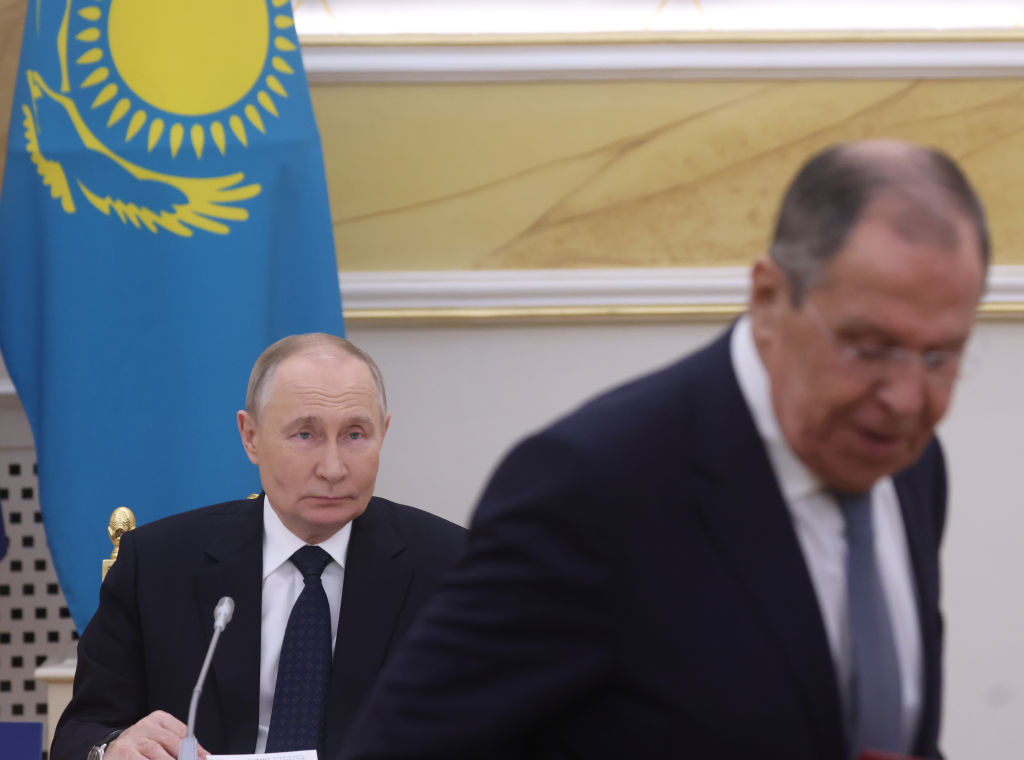Is there any rhyme or reason to what seems like the latest episode of “Tariffs Gone Wild”? This question hovers over European policymakers as the United States, under its bombastic showman-in-chief, slaps tariffs on nations left, right, and centre—with allies sometimes catching it worse than adversaries. I’ve got my theories, and while crystal balls are hard to come by, indulge me as I unravel what might be the method behind the madness. And, oh Europe—especially you, Germany—take notes.
Donald Trump, that mercurial maestro of the deal, might seem like he’s winging it as usual, but brushing off his trade manoeuvres as mere presidential quirkiness would be a rookie mistake. The current US administration is hurtling forward like a bull in a china shop, but what they might be doing is classic Schumpeterian “creative destruction”, dear readers. Imagine, if you will, a world where horse-drawn carriages still monopolize the roads, and Walkmans are the apex of audio-tech—yes, that’s what happens without innovation that charitably obliterates the old.
Indeed, Uncle Sam appears to be applying this fresh paint of creative destruction, not just to the economy but to the very framework of governance. The sneered-at “Department of Government Efficiency” is scattering the legacies of outdated bureaucrats to the winds, perhaps thinking new nimble bureaucracies will somehow rise phoenix-like from the ashes.
In the realm of global trade, Trump could just be carrying out a similar gambit—knocking down old structures to metamorphose American trade relations from, well, “meh” to “magnificent”. The rush? A forecast of fun called ‘recession’, which they hope might clear the cobwebs, reinvigorating the economy in time for a red carpet roll-out at the 2026 midterms. A recession’s nobody’s idea of a party, but hey, it might just hit the reset button on entrenched inefficiencies.
Those tariffs? They aren’t just a gaudy display of protectionism; they’re a honeytrap to lure foreign industries stateside. With trade deficits towering like skyscrapers—especially with China and the EU—the artful goal isn’t to deprive Americans of foreign goodies, but to have them made in the good ol’ US of A. Take Germany’s automotive giants—faced with juicy losses on exports, they must ponder not ‘if’ but ‘when’ they’ll pack up and head across the pond. As 2026 nears, a downturn could flip Congress blue, carving out unintended victories for Democrats who might feast on the GOP’s laboriously laid plans.
Yes, the timeframe is ambitious, but some of these blueprints are undeniably tempting—with streamers like expedited permits and a crackdown on oil and gas prices. Ironically, Big Oil is as thrilled about cheaper barrels as a cat in a rainstorm. Despite divided opinions, Trump seems bent on recasting the American economy with manufacturing at its heart and a refreshingly low energy bill.
European enterprises may soon find the siren call of less red tape and cheaper energy irresistible. For titans like Volkswagen eyeing a slice of the electric vehicle market, why not delve into US territories for competitive advantage? Back home, Berlin’s monetary floodgates appear generous, but without definitive allocation, they risk getting bogged down in the beloved quagmires of lobbying and greenery initiatives—a game where $50 barrels play spoiler. If Germany wants to stay in the race, they might want to re-evaluate their love affair with renewables in favour of nuclear and fracking, lest Trump’s grand plan steals the show.
The key for Europe? Hitch a ride on Washington’s ambitious roadmap with grand proposals for free trade agreements, while tidying up their own backyards. Europe isn’t opposed to America’s embrace; it’s hesitant to lock arms with a limp counterpart. Envision an economic mega-zone, stretching from the Pacific all the way to the Baltics. That, dear readers, might just be the ticket to reviving the sagging continental economy—and beyond.






No more soldiers: European big debt for defence, yet young men are vanishing